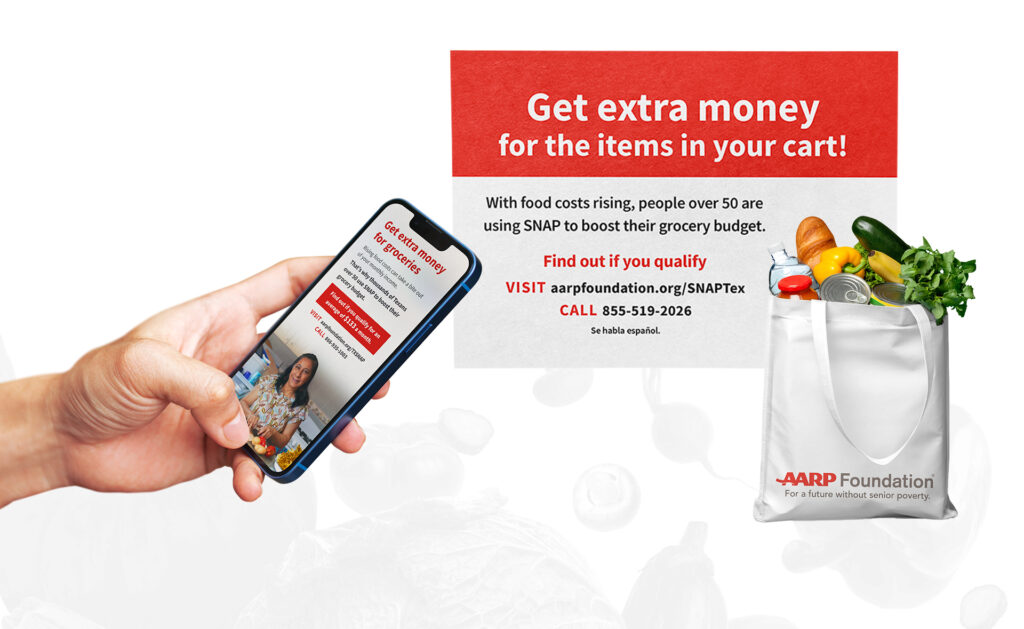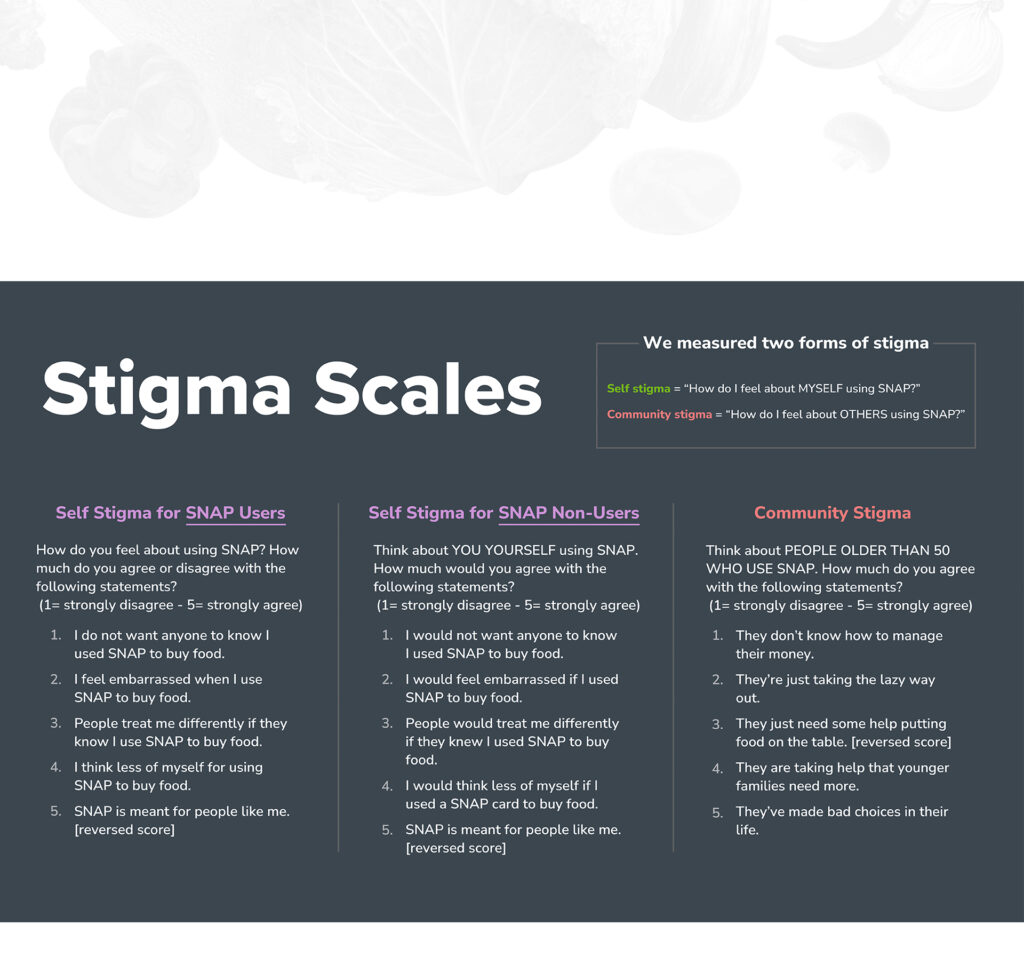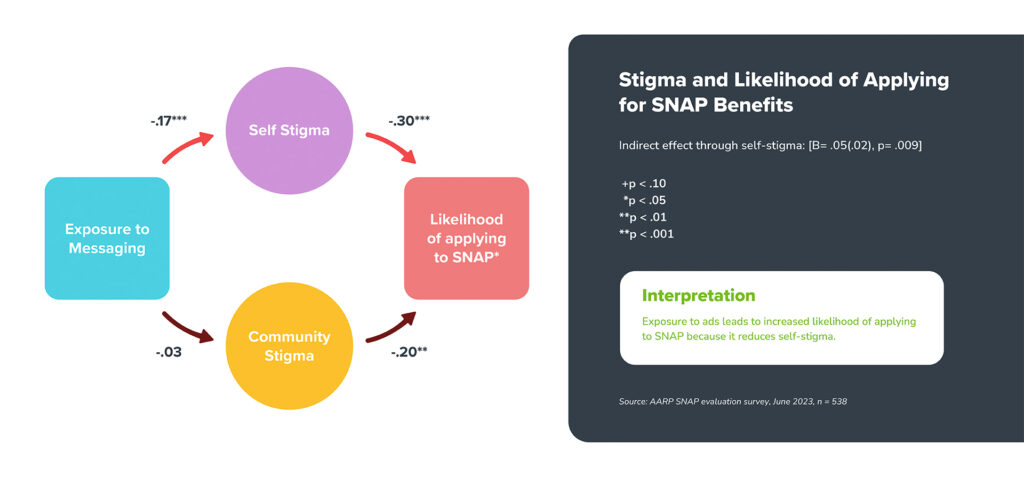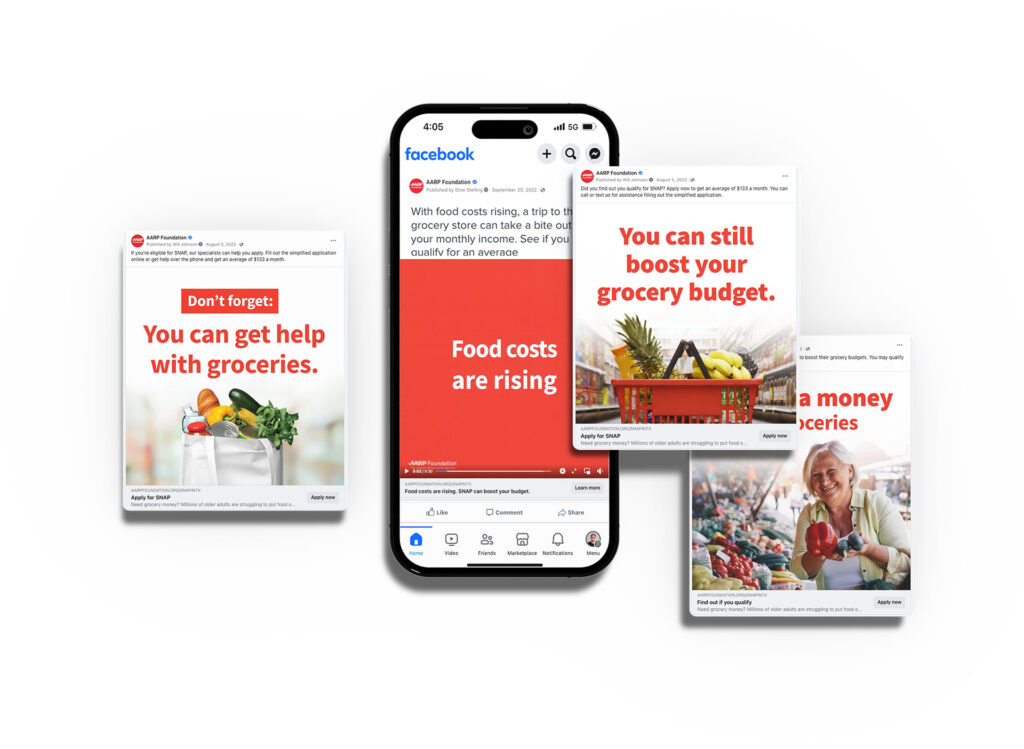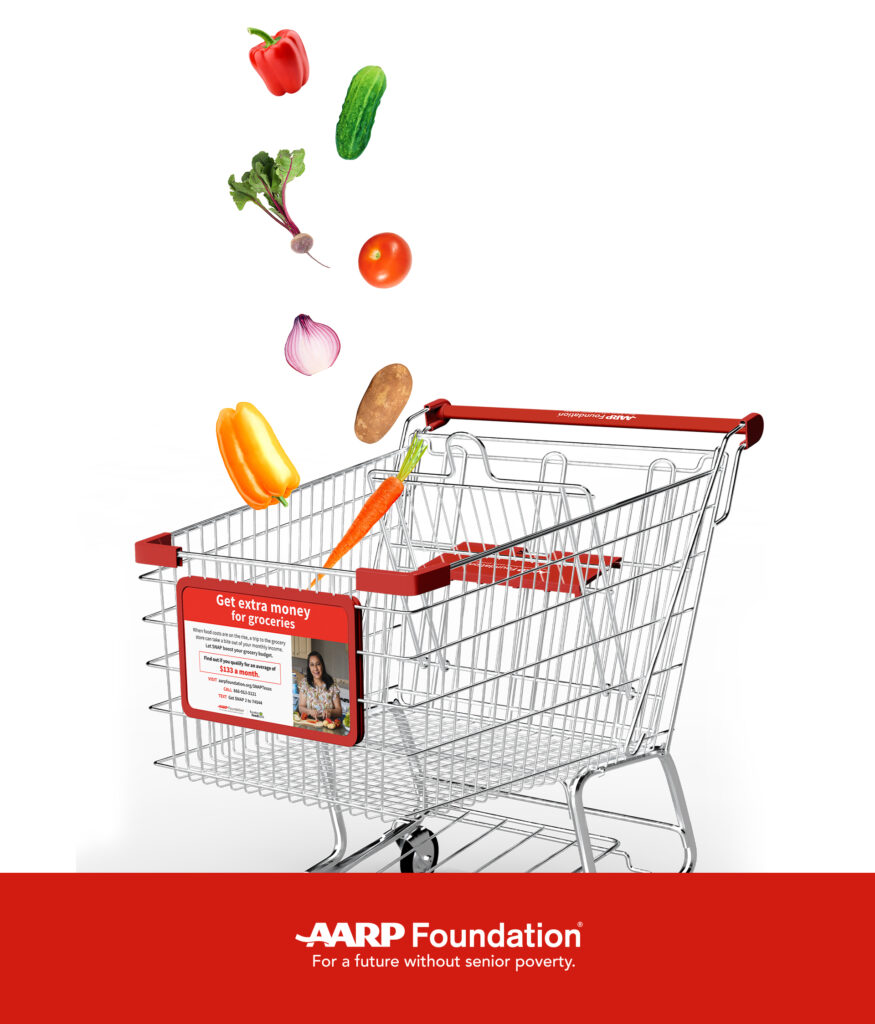The Insights Center features ideas, tools and resources on applying behavioral science to causes worth caring about. It includes the tools and thinking developed over nearly two decades of building behavior change campaigns and products. We hope they help you and your cause with the art and science of using behavior to spark real change.
Go
Reducing Stigma to Empower
Food-insecure Seniors
AARP Foundation’s pilot campaign demonstrated that emphasizing self-efficacy and social norms in messaging can sweep away the stigma that keeps millions of hungry older adults from applying for help with their groceries. M4C also developed an innovative research tool that can be used to test messaging in other contexts where stigma is a barrier.
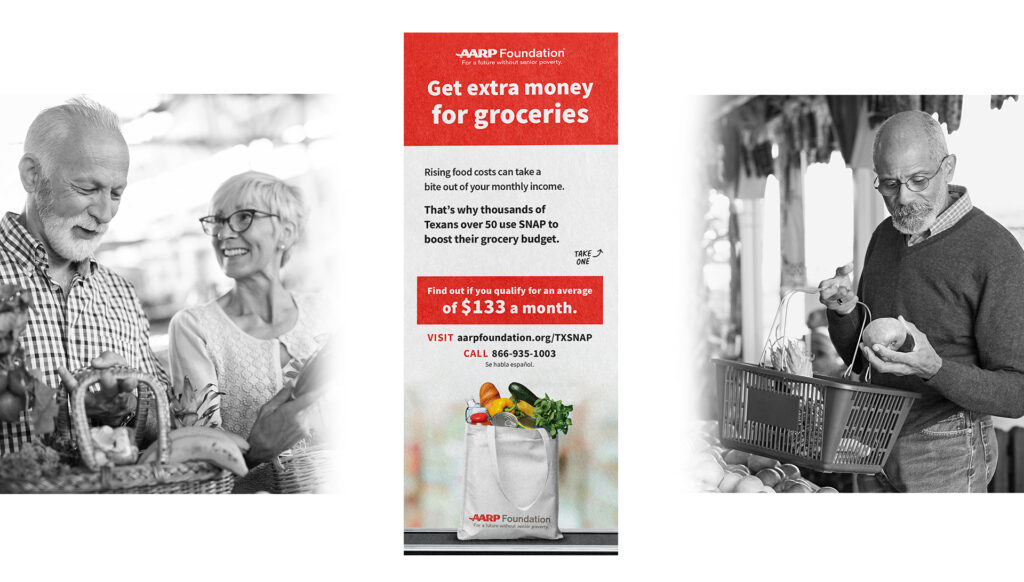
The Challenge. For millions of older Americans living in poverty, the “golden years” are often anything but. To make ends meet, many people 65+ skip meals or buy cheaper packaged foods that can lead to poor health. Most of these seniors qualify for the Supplemental Nutrition Program, or SNAP, to get help with their groceries. But the stigma around hunger and benefits programs keeps many from applying.
Our Approach. Using an iterative research process including formative audience interviews and pre- and post-campaign surveys, M4C planned, implemented and measured a pilot campaign in the metro areas of Houston and Atlanta to encourage enrollment among eligible older adults. The media campaign included digital advertising, print mailers, and out-of-home placements at grocery stores and senior centers.
Behavioral Insights. M4C developed and validated an innovative 5-question research scale to measure levels of two types of stigma: self-stigma (how I feel about myself using SNAP) and community stigma (how I feel about others who use SNAP). Structural models tested the role of stigma in explaining associations between exposure to messaging and intentions to apply. Models indicated that messages leveraging self-efficacy (I am confident I can successfully apply) and social norms (people like me use SNAP) effectively reduced self-stigma, which in turn increased intentions to apply for benefits.
Results. Online applications increased during the campaign period, although the portal did not allow tracking that could directly correlate the increase with campaign activities. However, the post-campaign survey showed that exposure to ads was associated with increases in positive opinions of SNAP, reduced stigma, and increased likelihood of applying.
The message testing tool developed for this research can also be translated to other contexts where stigma is a barrier to action. M4C has successfully used the tool to design messages that reduce stigma and encourage help-seeking for mental health.
